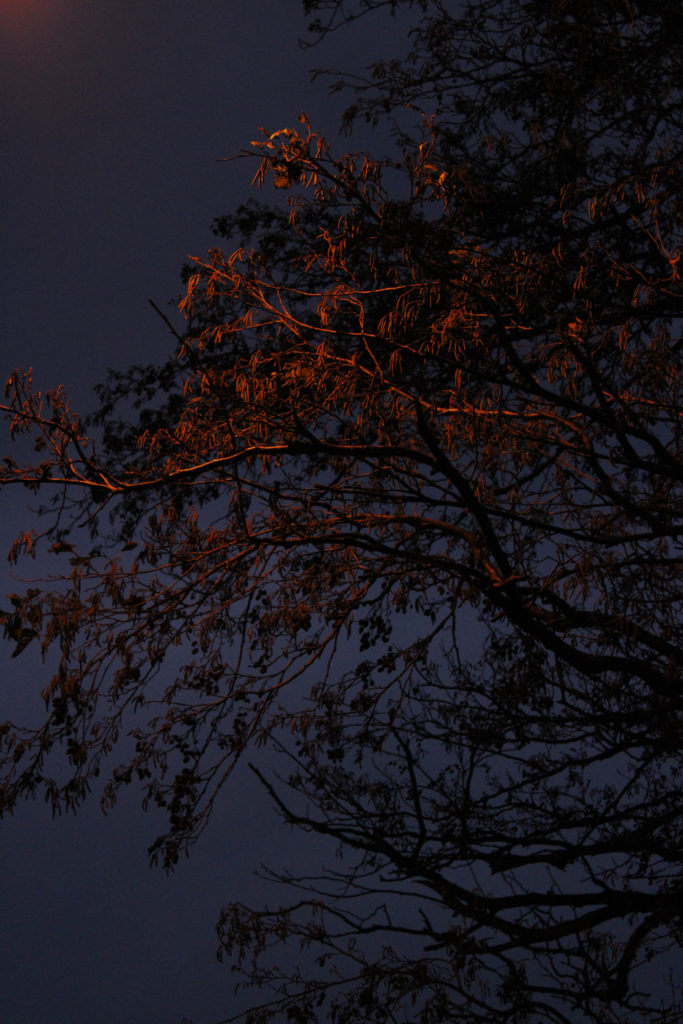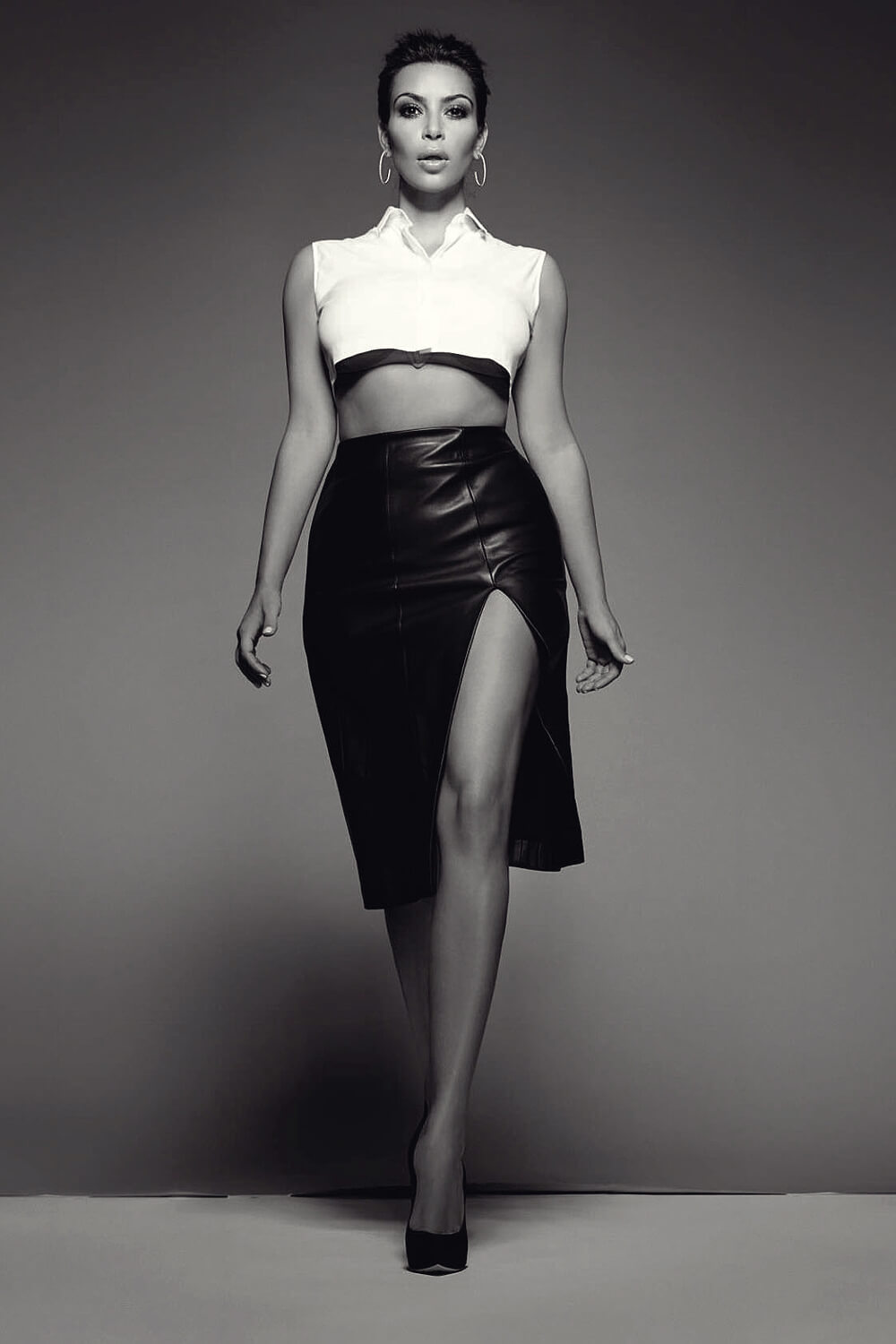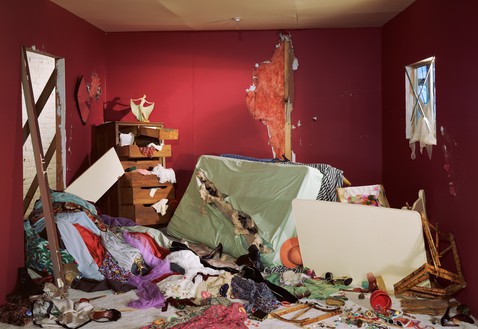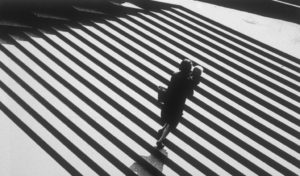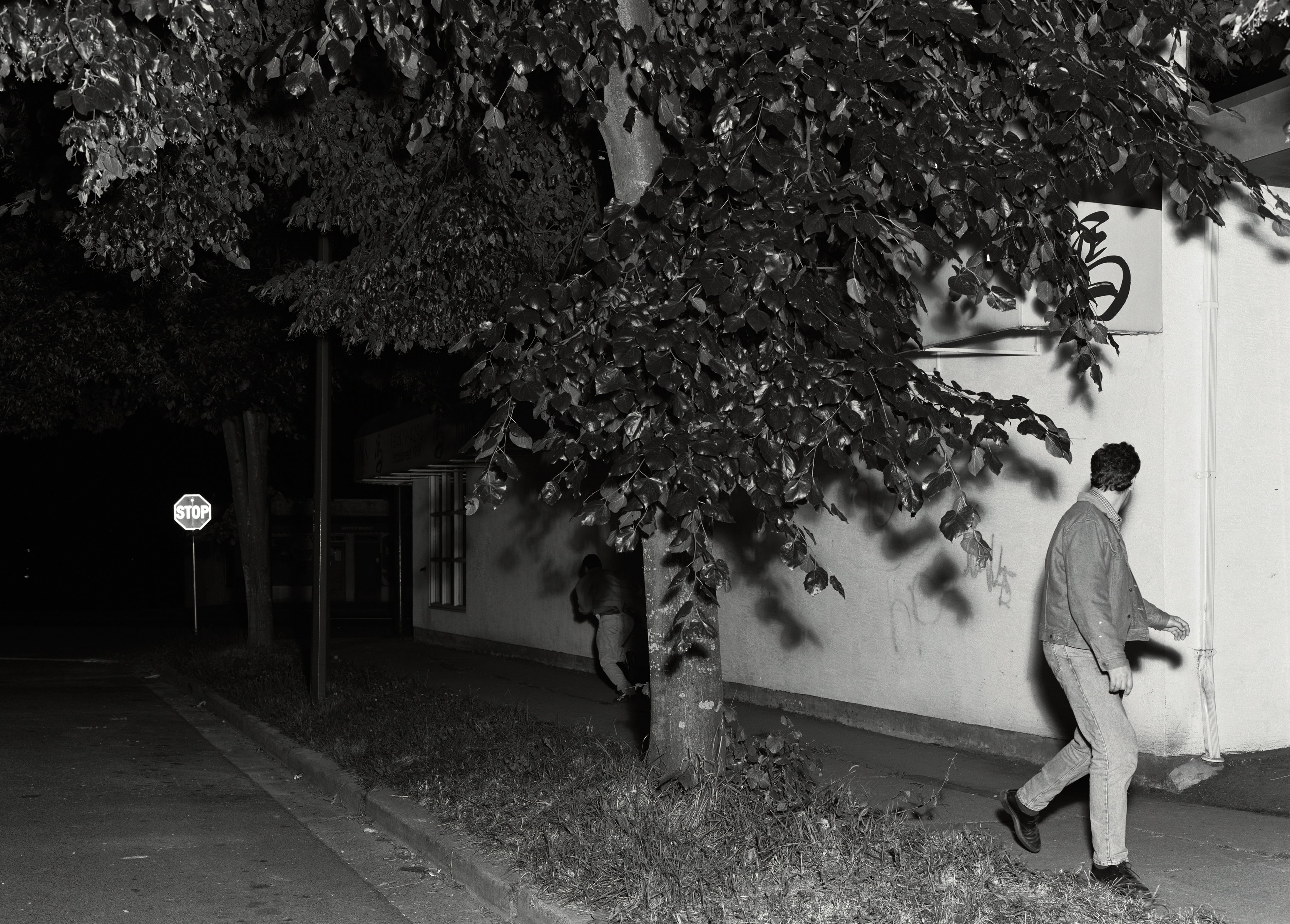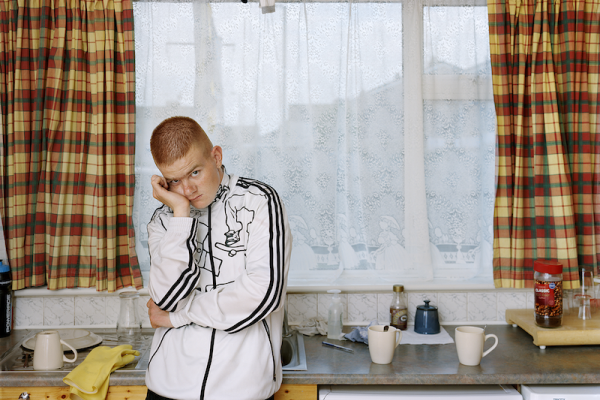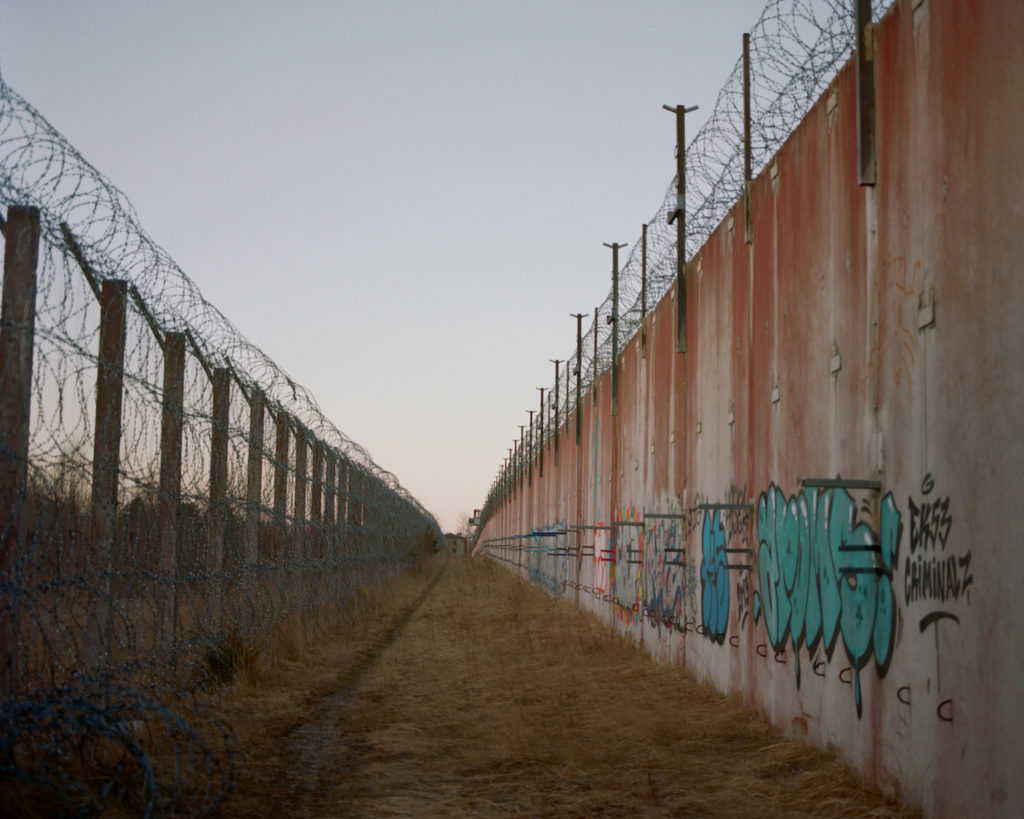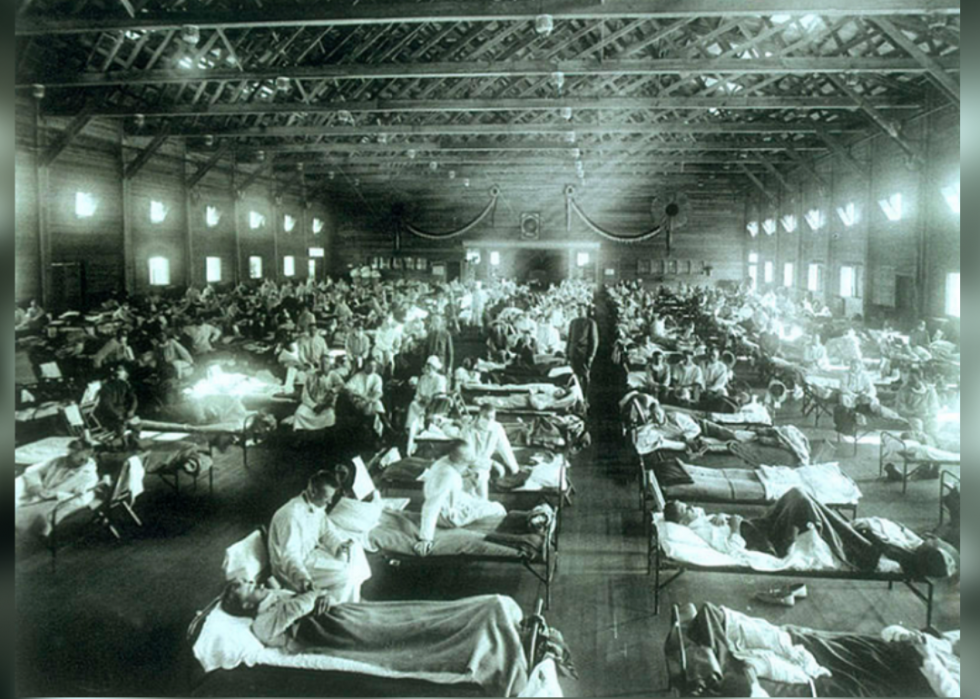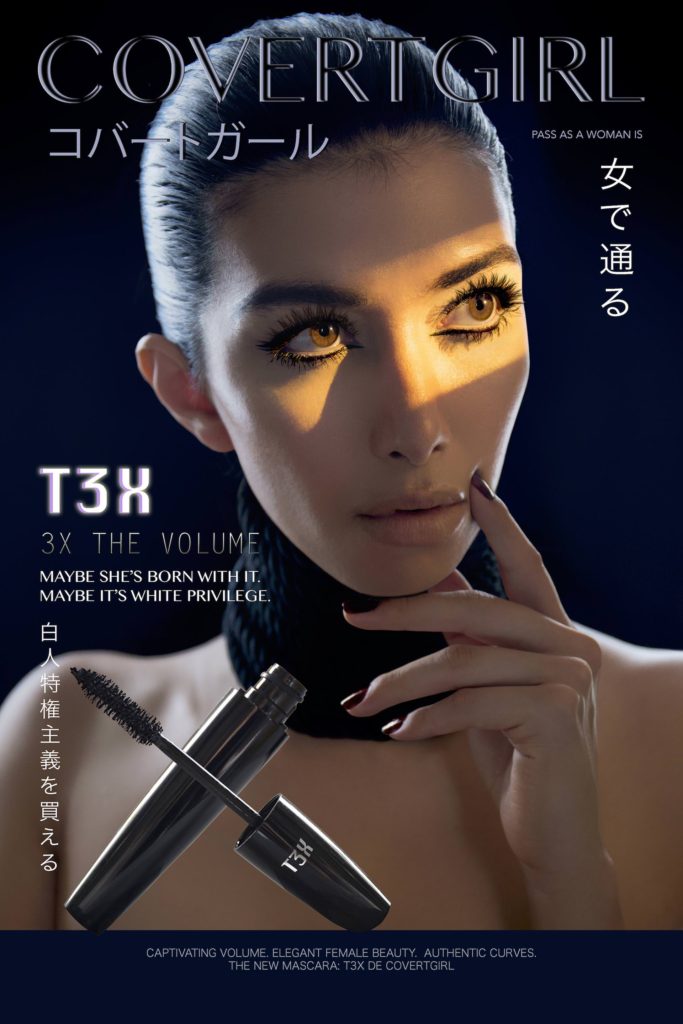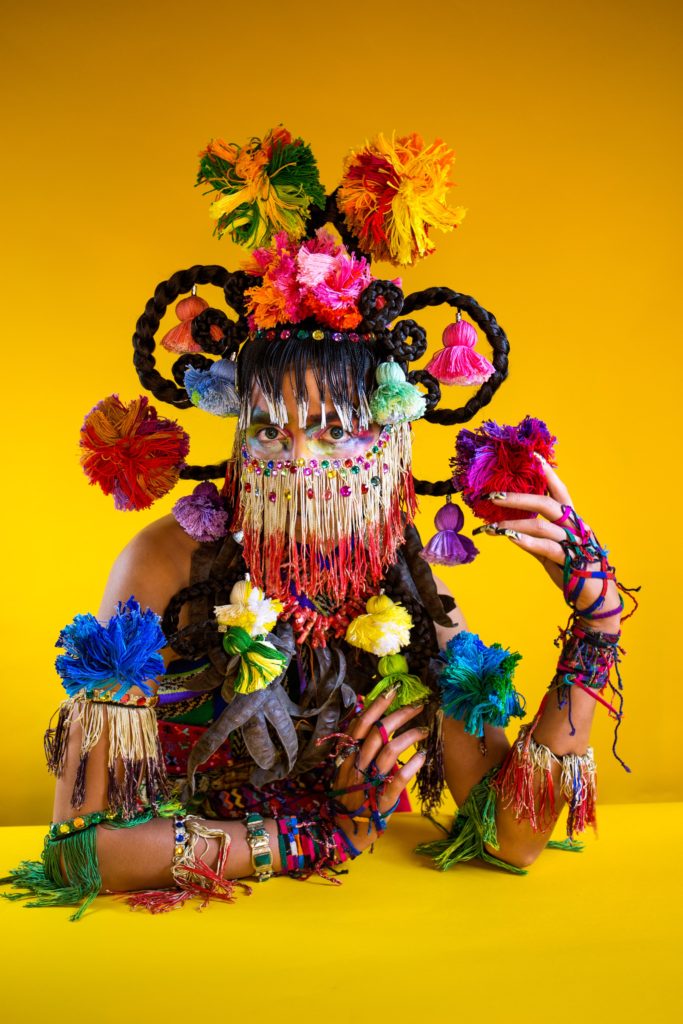In what way have Robert Darch and Josef Sudek used their photography as a form of therapy?
“Photographs, which cannot themselves explain anything, are inexhaustible invitations to deduction, speculation, and fantasy.” – Susan Sontag, On Photography, 1977.
The concept of escapism; the tendency to seek distraction and relief from unpleasant realities, running away to a world where sorrows are only distant memories. Photographers Robert Darch and Josef Sudek explore this idea within their work, questioning how they can use photography as a form of therapy to convey their mental/physical illness through still-lives and landscapes. The use of photo therapy has grown substantially in recent years, pioneers of the style Rosy Martin and Jo Spence have worked together since 1984 exploring its concepts and benefits. In ‘The Photography Reader; Liz Wells’, a collection of essays from Martin and Spence describe how “out of the myriad fragments thus mirrored to us, first unconsciously as babies, then as we are growing into language and culture, aspects of our identities are constructed.” They use photo therapy as a method of coming to terms with and accepting themselves, in their essay ‘Psychic Realism as a Healing Art?’ it is stated that “what photo therapy engages with is primarily the ‘needy child’ within all of us that still needs to be seen and heard. The therapist has to become the advocate of this ‘child’ and to encourage her to recreate and witness her own history, to feel safe enough to protest, and then learn to become her own inner nurturer.”
In my personal investigation I aim to use photography as a medium to explore how I have coped with anxiety throughout my life, focusing on the idea of finding safety and comfort in certain places around my home, family member’s homes and areas around the island that have always made me feel calm. The whole concept of anxiety has been quite normalised in today’s society, having both positive and negative effects, as some feel less alone while others feel less seen. Highlighting this topic, by studying the positive areas of life where I have felt most safe, is very important to me; what matters to me most is creating a truthful display on a personal topic. Analysing the work of Robert Darch and Josef Sudek reveals the methods of photo therapy that I wish to reflect, juxtaposing images of flowers cut down from their mother plant (adapting to their environment in vases), with pictorialism inspired natural landscapes. These photographers have the ability to convey deeper meanings, ambiguous stories and ideas in their work; locations and places that tell the stories of their lives, Darch especially revealing his pain and want for an escape. One must consider the subject’s relationship with themself, for instance the links between past and present, and how locations shape a person’s true self, exploring photography as a means of healing.
How can a Pictorialist style demonstrate an atmosphere of nostalgia and comfort? Aspects of the Pictorialism movement have been reflected in several photographic works long after the movement ‘ended’, nevertheless have morphed and adapted to fit our changing times. During the 1880’s, when Pictorialism first begun, it was a reaction against mechanization and industrialization, dismayed at increasing industrial exploitation of photography through commercialisation. Writer and lecturer Stephen Bull describes Pictorialism as “the imitation of painting in an attempt to raise photography up to the same status as art that characterises the Pictorialist movement”. Photographs resembled paintings, being manipulated in the dark room by scratching and marking their prints to imitate the texture of a canvas – photographers used a soft focus to capture landscapes and portraits by smearing Vaseline onto their camera lens. This method allowed for the creation of dream-like artwork on spiritual subject matters, taking inspiration from Allegorical paintings which personified envy, love and glory. It was a means of exploring the unreal, the weird and the mystical – though photo therapy was not a concept during the time, there are links to its ability of escaping the banal of everyday life into another world. In her 1977 collection of essays ‘On Photography’, Susan Sontag describes how “photographs are a way of imprisoning reality…One can’t possess reality; one can possess images–one can’t possess the present, but one can possess the past.” I believe this can relate strongly to the values of Pictorialism, reality is presented in a fanciful style, ‘imprisoning reality’ that has been manipulated into fantasy which results in possession of an altered reality. One may question whether Pictorialism can even be considered as reality at all?
Photography can be a freeing medium, much like painting in the way it can cleanse the soul of creative ideas that need to be reflected on paper. The extent of the freedom of the camera all depends on what the photographer wishes to reveal; they have the ability to hide certain truths, or in contrast have complete unfiltered honesty. British photographer Robert Darch explores how to reveal the truths of his past through landscape photography. Darch’s website states “his practice is motivated by the experience of place, in which the physical geography and material cultures of places merge with impressions from contemporary culture that equally influence perception. From these varied sources, both real and imagined, he constructs narratives that help contextualise a personal response to place.” When Darch was just 22 years old he suffered from a minor stroke which has had an impact on his life ever since. Completing his Photographic Arts degree at the time, he had to continue his studies from home when his health did not improve – his home was as much a prison as a safe space. Darch viewed his illness as a space, a location he could not escape physically; so, he had to do so mentally. In 2020, Robert Darch published his second photobook which he titled ‘Vale’ – a name with many meanings such as letting go, or even a hidden valley tucked away in the mountains. Ambiguity is something that first drew me to Darch’s work, his ability to capture the most idyllic ethereal landscapes but make them appear almost eerie in their solitude makes observers question whether this world is real. Are these areas from Darch’s childhood that we are getting a glimpse of all they seem to be? Do these locations hold more hurt than hope, always being there for Darch through such a low point in his life? An extract from ‘The Vale of Despond’, by Curator Dan Cox, reads “The fictional worlds into which Darch escaped, exhibited characteristics which were at once benign and threatening…Vale is a result of this percolation and loss. It is the fictional space where Darch can relive and re-imagine a lost period in his life, journeys with friends both through physical spaces and through time.” What Darch is able to encapsulate is a feeling of dream-like nostalgia, his work in ‘Vale’ is persuasive and welcoming but as the book goes on, the flickers of discomfort creep in.
In regard to photo therapy, Darch’s use of photography to escape from the harsh reality of his past allows him to heal from it, seeing it in a different perspective to truly understand his feelings and emotions. I want to use this idea of ‘photographic healing’ to reflect on my experience of anxiety, documenting the locations where I feel safe and secure within myself to understand how they’ve shaped my personality and life. Darch’s use of light in his ‘Vale’ work conveys a sense of optimism, like the sun beams are rays of joy or hope; artificial light can only be seen in the last few images in his photobook, perhaps hinting towards closing this fake reality. Natural landscapes are dream-like in Darch’s photographic eyes, soft focus and light tones compliment the misty woodlands and sunlight reflects off ponds and lakes to create a world of picturesque fantasy. Pain and suffering are escaped from; the warm hues that cover each image fill the landscapes with comfort and peace, Darch’s use of colour (bold oranges, yellows and greens) reveals his desire for security and safety within this rural atmosphere. A quote from Darch, in an interview with FotoRoom, reads “the warmth of the summer is tempered by an internal melancholy of loss, and the poetic narrative is in direct response to the emotions, feelings and thoughts cultivated during the period of isolation I experienced.” The confessional tone and atmosphere created in ‘Vale’ was therapeutic to Darch, he was able to physically show other people this world of fantasy that he would escape to – what once was his secret, could now be seen by the rest of the world; honesty and truth revealed. As I responded to Darch’s work, I wanted to convey the same sense of intimacy and imagination. Taking inspiration from Pictorialism, my aim was to create similar sepia blurred landscapes using Vaseline to create the iconic dream-like mood – however, I had the idea to steam up my camera lens with my breath, as if physically breathing life into my personal story. Using this technique allowed me to form deeper connections with my work, it was remedial to physically create this escapism that my youthful anxiety craved.
Why do some photographers focus their energy and photographic art on one specific location? Perhaps it holds a happy memory, or maybe it is the only place they can get inspired, whatever the reason; it’s therapeutic. Concentrating on one singular place, similar to Josef Sudek’s work ‘The Window of my Studio’, allows the photographer to experiment with changing what they can see, healing can come from changing your perspective on the truth. Czech photographer Josef Sudek is well-known for his still-life photography, he captures orchestrated scenes of flowers, vases and abstract objects on the windowsill of his studio in Prague. Sudek’s images are mysterious and eerie, they hold an atmosphere of loss, but at the same time show hint towards hope for a brighter future. Looking into Sudek’s past it is clear that this photographic style was healing, he served in the Austro-Hungarian Army during the First World War, when he was wounded and subsequently lost his right arm to amputation. After this sudden change to how he lived his life every day, Sudek turned to Photography and became a member of the Prague Club for Amateur Photographers from 1920-24, nevertheless he struggled with feeling isolated form the rest of the world. Russell Lord, from the New Orleans Museaum of Art, described Sudek as follows; “for Sudek, who grew increasingly reclusive over the decades, his studio, the window, and the small garden beyond became an important sanctuary, and a way to express his own tentative relationship with the external world. Sometimes perfectly transparent, sometimes coated with frost or water droplets, the glass window both frames the outside world and serves as a barrier from it.” Seclusion: Sudek struggled with this most, ‘The Window of my Studio’ served as a retreat from the judgement and staring eyes of 20th century society, he created a series of images from the only place he felt safe and at one with himself. Though at the time Sudek may not have intended on creating imagery holding themes of anxiety, I can recognise similarities to the feeling of loneliness and uncertainty as if his window is his foggy, misconstrued version of the outside world.
Susan Sontag describes how “photographed images do not seem to be statements about the world so much as pieces of it, miniatures of reality that anyone can make or acquire” – to me, Sudek’s photography reveals his small corner of the world, his small corner of reality. It is clear that throughout Sudek’s work there has been a strong influence from Pictorialism, his work holds the same dream-like, soft atmospheres that many other Pictorialist photographers captured, for example the work of Alfred Stieglitz and his study of clouds in ‘Equivalents’. Sudek’s use of windows, documenting overcast murky days through frosted glass, additionally adds to his Pictorialist style – his use of light and aperture settings creates this soft blur around his flower subjects, almost replicating that of an oil painting. As Sudek was creating and photographing during the change of an art movement from Pictorialism to Modernism throughout the 1930’s and 1940’s, his work holds an almost vintage feel when compared to those being created during the same time period. Delicacy contrasted with harsh shadows is an element of Sudek’s work that beguiles the observer, is it an image of hope or a reminder of tragedy? Are we meant to focus on the survival of nature in an unnatural environment, or the looming enigma behind the glass? Twisted shadows of trees, the misty soft texture, repetitive streams of rain drops; it’s the creation of the fantasy world where Sudek wished to escape from. We can look through, but also look beyond his subject – the negative space that surrounds each flower could be symbolic of Sudek’s past woes and struggles – each element is subjective. My response to Sudek’s work has been very experimentational, I wanted to take a similar abstract approach using a large aperture setting to create a high depth of field however still breathing onto the lens to create a mystical Pictorialist quality. Furthermore, I wanted to take advantage of the natural light source which formed many golden highlights over my images, taking a colourful but gentle palette instead of monochromatic allowed me to explore how colour affected the mood of my images. The fanciful escapist themes that I wanted to present were emphasised by such pastel warm colours, Sudek’s work provided the concept of how one can explore serenity juxtaposed with confinement.
We are led to believe that imagery can bear witness to reality, sometimes that reality is twisted and manipulated, forming what could be seen as an entirely different world; yet who’s to say this is a bad thing? Both photographers have gone through difficult points in their lives, with Darch suffering from a stroke at a young age and Sudek losing his arm during the war. Creating these fantasy realities has helped them to escape, to heal and to learn. In respect to my Personal Investigation, both artists have used photography as a method of escapism from an illness/disorder that had impaired them throughout their life – I have explored how elements of their images may have deeper meanings in regards to symbolism of weakness or hope. Although Sudek’s images are not known to have been made with his impairment in mind, I can still recognise themes of optimism in a time of isolation through his project; as if the flowers are symbols of life continuing, adapting in a new environment – they are still able to survive in a singular glass of water. Nevertheless, Darch’s work noticeably conveys a sense of escaping from reality through vibrant colours, dream-like compositions and golden hues that relay this idea of ‘the light at the end of the tunnel’. Though Darch reflects his sickness throughout his project, it is done subtly, with Darch himself stating “during the illness I no longer wanted to turn the camera inwards, to linger on the reality of my situation, preferring to lose myself in fictional constructs of the mind”. This fictionality in his work is honest and raw, giving the observer a glimpse into his own imaginative mind. In my own work I wanted to use locations from my past as a catalyst for a tribute to my childhood escapes, the worlds I would create to get away from anxious thoughts and feelings. Nevertheless, to interject moments of reflection and calmness, I wanted to use Sudek inspired imagery of flowers, some wilted, others blooming wilding – all to relay the concept of hope, of carrying on and taking a moment to revaluate my perspective. In her essay ‘Frames of Mind; Photography, Memory and Identity’, Patricia Marcella Anwandter questions “what do we choose to remember and how do we reinforce it? Who are we in relationship to who we were?” – I have mimicked the work of Darch and Sudek’s photo therapy to answer and heal from these questions.
My Response:
Bibliography:
Wells, L. (ed), Martin, R & Spence, J (2003), The Photography Reader. London. Routledge; Taylor & Francis Ltd
Martin, R & Spence J. (1988), Psychic Realism as a Healing Art. London. Ten8, No 30 Spellbound
Bull, S. (2009), Photography. London: Routledge; Taylor & Francis Ltd
Sontag, S. (1977), ‘In Plato’s cave’ in On Photography. London: Penguin Books
Darch, R. (2020), Vale. Devon. LIDO Books
Cox, D. (2020), The Vale of Despond. London. LIDO Books
FotoRoom. (2020), Beauty & Unease Coexist in Robert Darch’s Vale Series. [Online] at; Beauty and Unease Coexist in Robert Darch’s Vale Series | FotoRoom
Balcar, M (ed), Sudek, J. (2007), The Window of my Studio. Torst.
Lord, R. (2018), Analysis of The Window of my Studio. [Online] New Orleans Museum of Art at: Object Lesson: The Window of My Studio by Josef Sudek – New Orleans Museum of Art (noma.org)
Stieglitz, A. (1925-1934), Equivalents. [Online] at: https://archive.artic.edu/stieglitz/equivalents/
Marcella Anwandter, P. (2006), Frames of Mind; Photography, Memory and Identity. CUREJ: College Undergraduate Research Electronic Journal, University of Pennsylvania.












